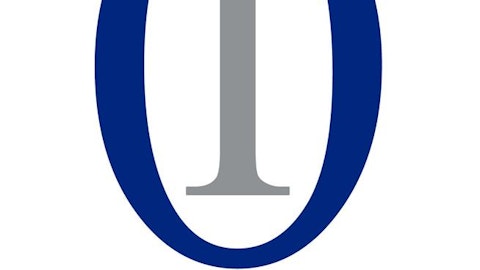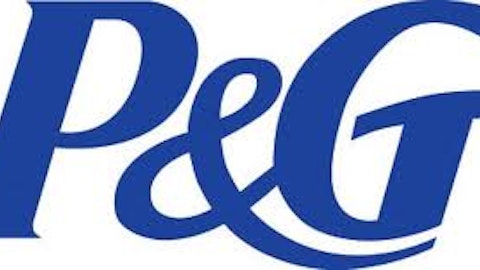As a result of this deal, several companies that operate in the Duvernay and Montney formations have become the focus of takeover speculation. These include NuVista Energy and Cequence Energy Ltd (TSX: CQE). Each company’s stock price jumped in the wake of the deal’s announcement and has remained elevated since that time. Although there have been no confirmed offers or deals, it seems likely that one or more of these companies will become a legitimate takeover prospect within the next few quarters. Cequence Energy Ltd (TSX: CQE) is still a small developing company but has growing volume and sales. Production is projected to increase in 2013 by over 10% to around 10,000 boepd, plus proved reserves increased by 32% from the previous year. The net present value of their proved plus present reserves is $3.97 vs their price in the market of $1.78. To the buyer, Cequence Energy Ltd (TSX: CQE) may be particularly attractive since it is currently trading at a price less than book value. Assuming that the price of oil remains high enough to support shale prospecting, these two attractive formations may simply offer too much promise for the majors to ignore.
What Happens Now
Although the companies named above should have a place on any energy speculator’s watch list, it is not particularly helpful to mull deals that have not yet been inked. On the other hand, Exxon stands to reap tangible benefits from its acquisition of Celtic Exploration.
It is important to note that more than three-quarters of Celtic’s most valuable proven reserves are comprised of shale gas. While it might seem perplexing that Exxon Mobil Corporation (NYSE:XOM) would be attracted to gas-rich reserves during a secular downturn in the value of the commodity, it seems likely that the company is betting on a medium-term resurgence in natural gas prices. If this bet pays off, the major will be left with a tremendously valuable portfolio of rich shale-gas assets in a stable first-world country. This could put it in a strong position relative to other integrated majors like TOTAL S.A. (ADR) (NYSE:TOT) that own significant gas interests in less-stable parts of the world. Total is the fourth largest natural gas producer in the world. Total faces challenges in locations such as Yemen, Iraq, parts of Africa, and, until 2010, Iran. Despite these difficult sites, Total has increased sales in the last twelve months by 5%. In 2010, Total expanded into shale gas and now has the Barrett shale gas project in the US, as well as other shale projects in low risk areas in Europe.
Ultimately, Exxon could choose to accumulate additional shale prospects in western Canada, wait until the price of natural gas rebounds significantly, and spin them off to create significant value for its shareholders. Even if it simply chooses to hold these assets indefinitely, it is likely that the company’s long-term shareholders will reap substantial rewards in the form of dividend increases and potential special dividends.
In sum, it is too late to profit directly from the Exxon-Celtic merger. However, other Canadian shale-gas players may represent attractive investments at their current levels. More merger news is available at ArbIdeas.com. More conservative investors who wish to take Exxon Mobil Corporation (NYSE:XOM)’s side of the trade might simply open a long position in the conglomerate and hope that a resurgence in natural gas prices makes it worthwhile.
The article This Company Is Capitalizing on the Shale Boom originally appeared on Fool.com and is written by Mike Thiessen.
Copyright © 1995 – 2013 The Motley Fool, LLC. All rights reserved. The Motley Fool has a disclosure policy.

